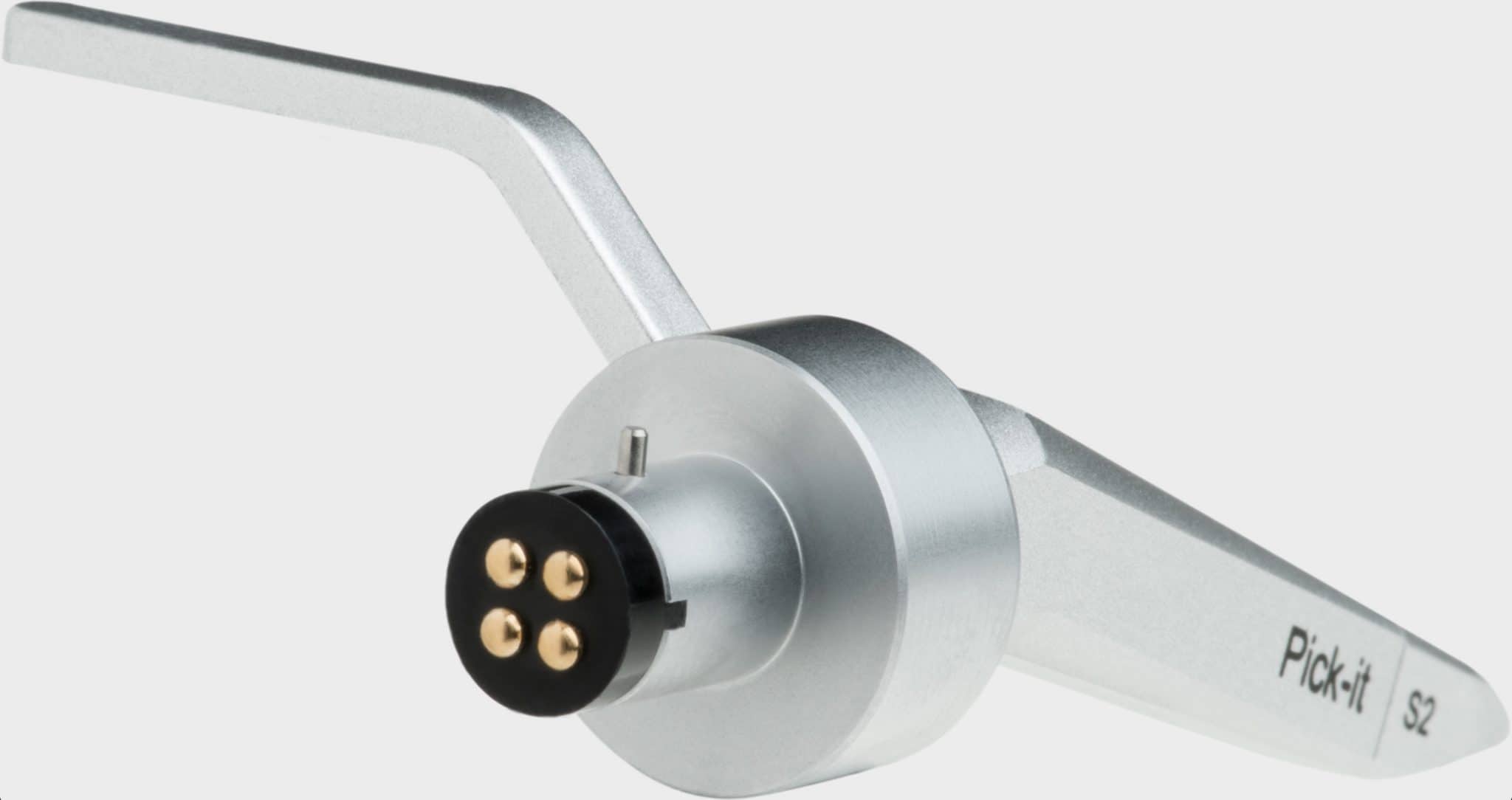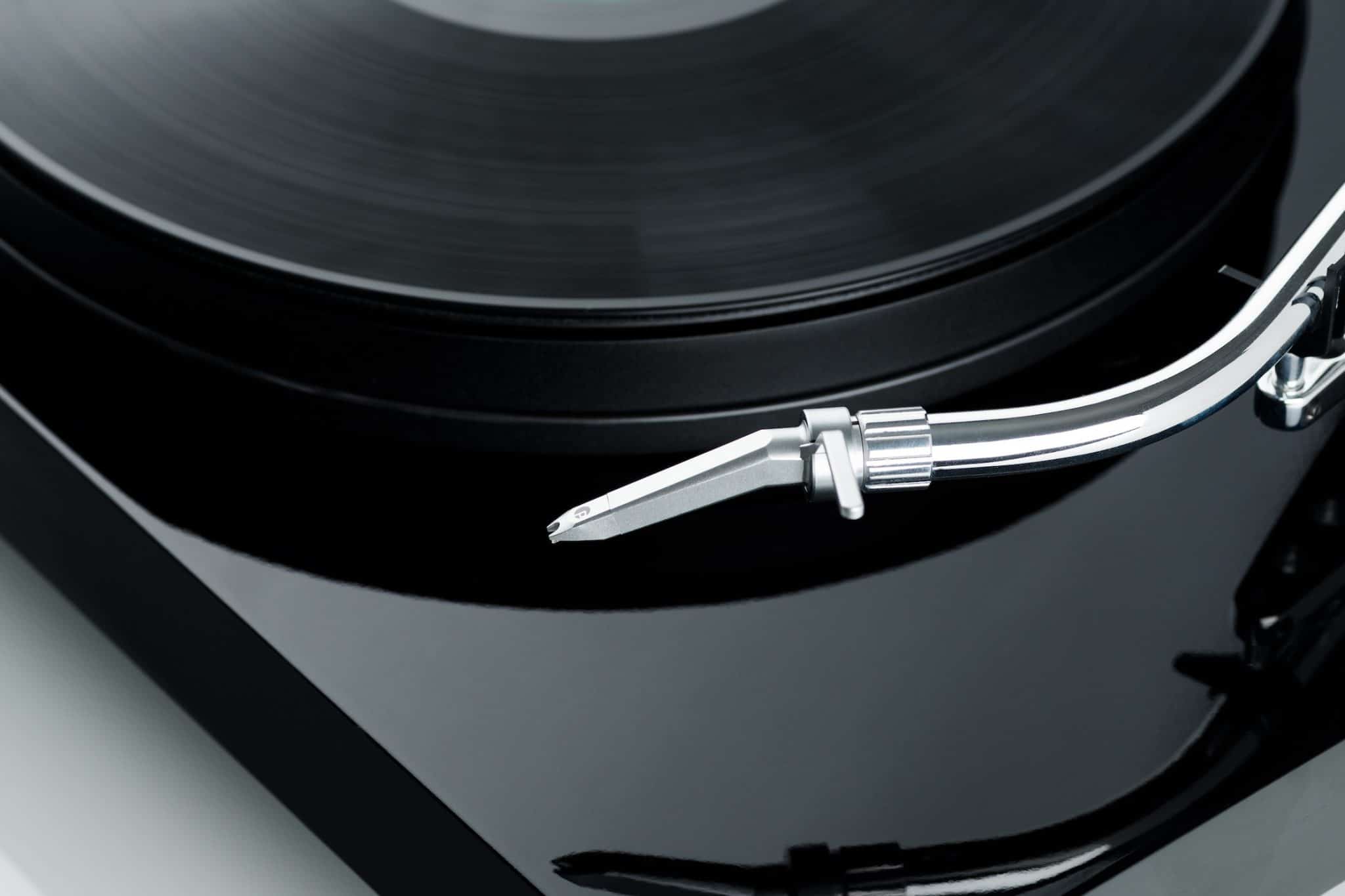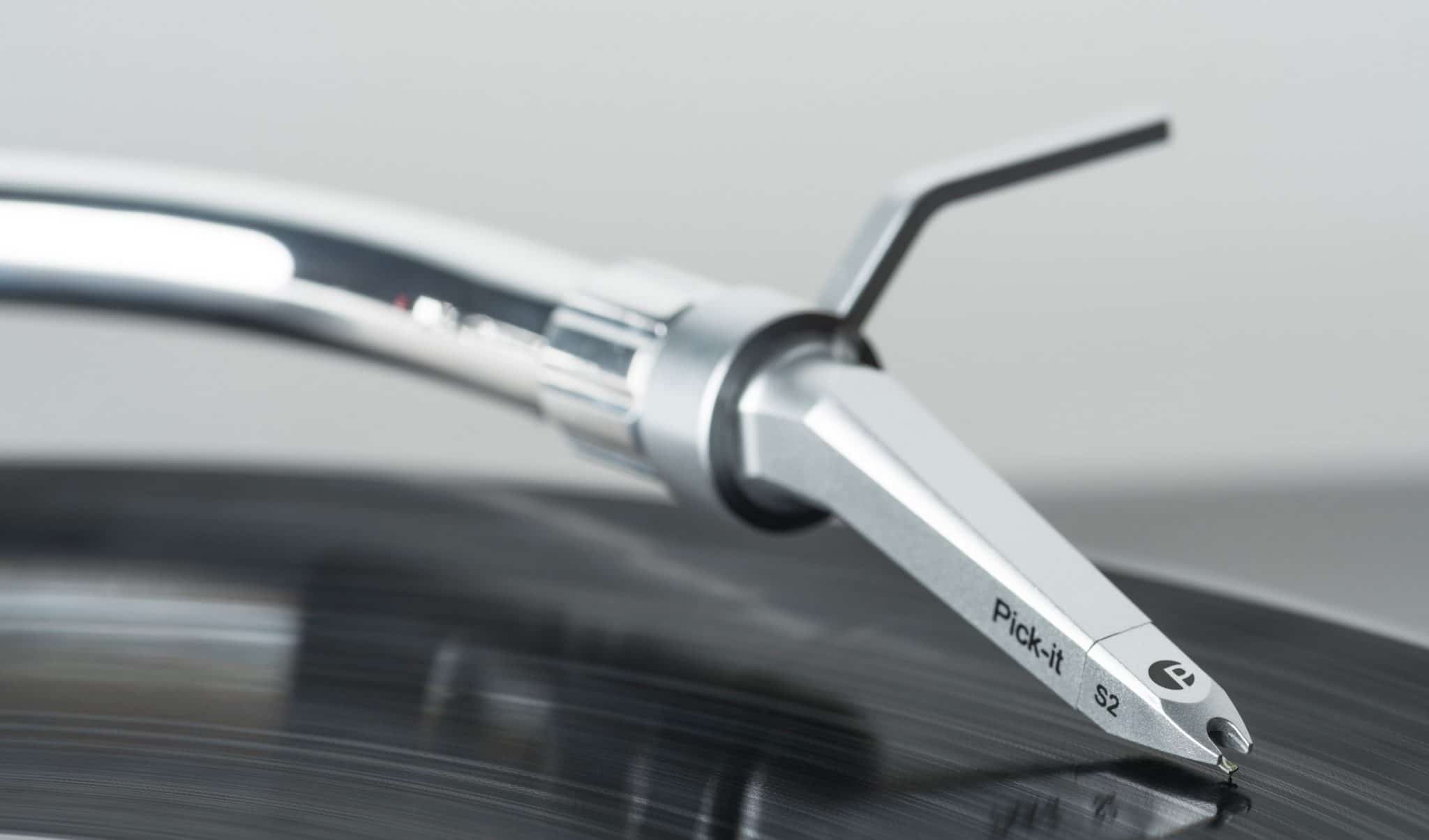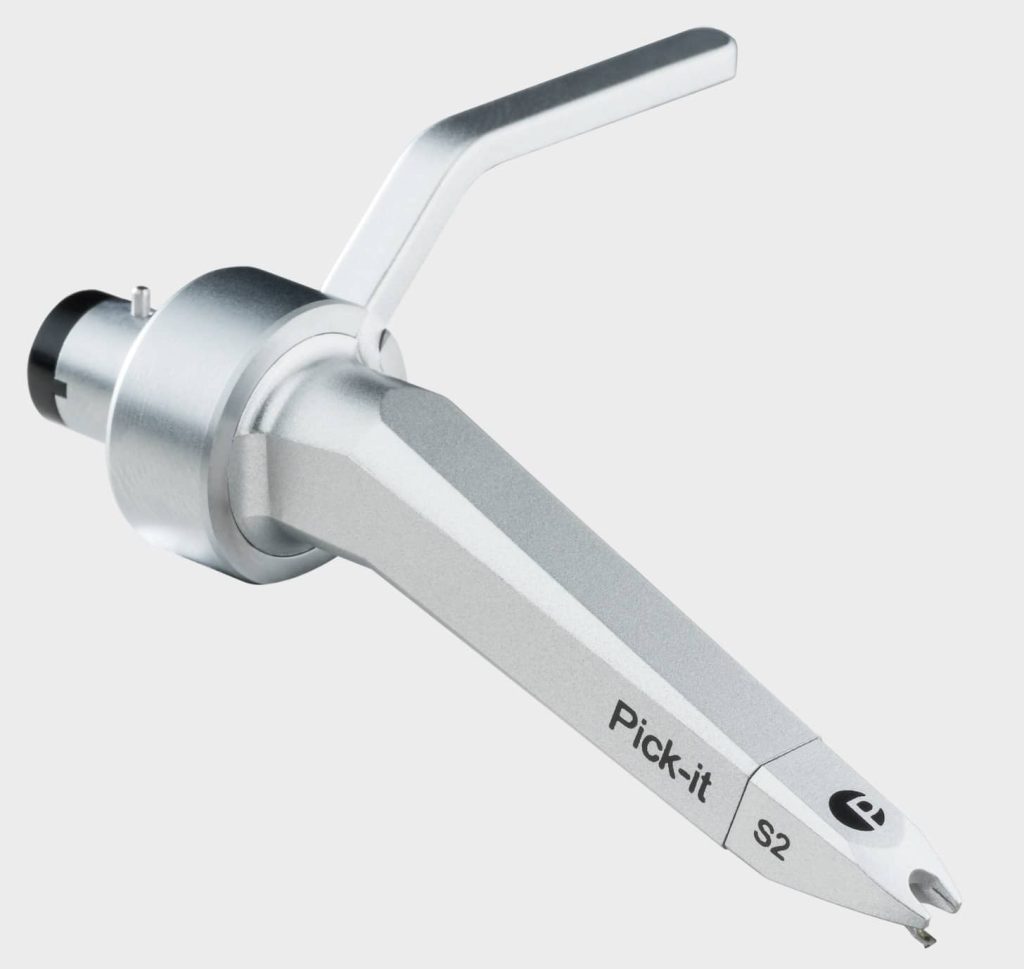The Article
Pick-it S2 C Cartridge From Pro-Ject
17th May 2019
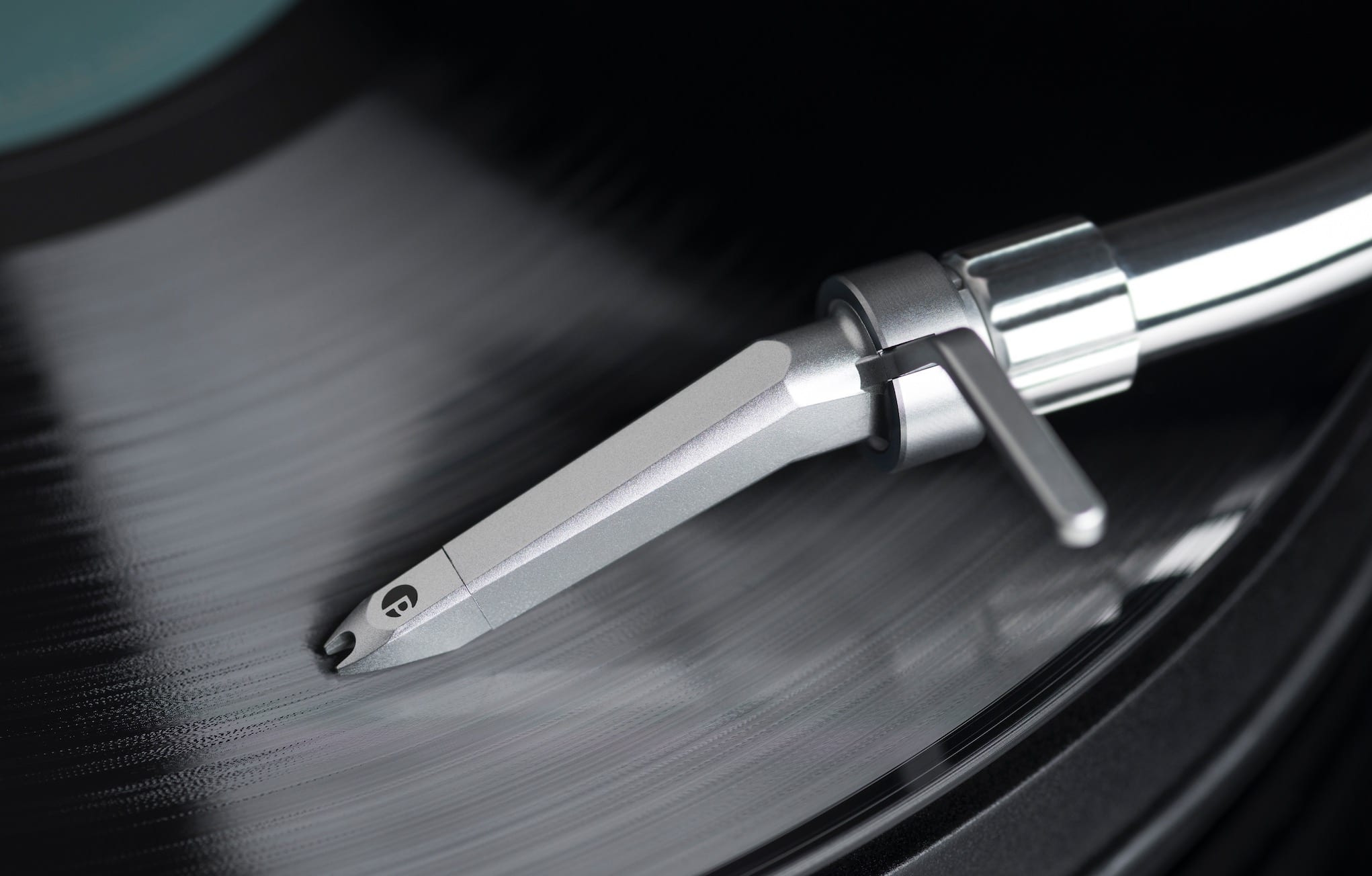
Retaining the now iconic Concorde chassis, Paul Rigby reviews the Pick-it S2 which looks to move away from the DJ circuit and enter the field of the audiophile
The existence of the Pick-it S2 C is the result of a shrewd move from Pro-Ject. One that I applaud. Here’s why.
I personally receive daily calls for help and advice from a range of hi-fi users. The subjects are wide and varied, as is the hi-fi experience from the people requesting the help. One important sector who regularly ask for assistance are those people who are or have been DJs. Failing that, they are music fans who have relied on DJ-type turntable equipment, for whatever reason. These hi-fi users now want to focus more on the sound quality from their hi-fi kit and less on DJ facilities. The question they ask is, “Where do we go from here?”
It’s easy to recommend this or that turntable or cartridge but there is a hesitation, if not fear, when faced with a standard cartridge in a headshell. Firstly, if a cartridge has to be installed then hooking it up with those tiny screws plus fiddling with connecting wires can be scary for the inexperienced. Even if a cartridge is pre-installed, it’s best to check the set up (I always find that something is out of alignment, somewhere). Asking an inexperienced user to start fiddling with alignment protractors can be a right turn off. Especially if they are used to the ease of installation from an Ortofon Concorde-type DJ cartridge. Thirdly, some people just like the look and feel of the Concorde design.
What Pro-Ject has done here is to work with Ortofon to produce the Pick-it S2 C, moving magnet cartridge, a sort of cross-over design. At least, that’s how I see it, Pro-Ject might disagree. A product that allows you to move gently from the DJ world into the audiophile maelstrom. A design that is suitable for any arm with a typical SME union nut.
It features a built-in Polycarbonate headshell unit to form that classic aerodynamic chassis form. Installation, therefore, is a matter of plug-in-and-go. In terms of technology, it includes an elliptical stylus tip. You can even upgrade the stylus later with a readily-replaceable Stylus 20 or Stylus 30.
SOUND QUALITY
I began the tests with Ethel Ennis who sang in front of a jazz-tinged orchestra while singing He Loves Me on the original pressing of This is Ethel Ennis (RCA). I also wanted to compare the Pick-it S2 with a typical compatriot, at least in design terms. A DJ-type Concorde design, that is. In this case, the Concorde Pro S. As I say, I feel that the DJ community will be a natural market for the Pick-it S2 C. The latter will be familiar and friendly in terms of its shape and fitting and a natural direction to head for a possible upgrade.
The Pro S, although retailing for a similar (ish) price, uses a spherical stylus tip and this is one immediate area that the Pick-it S2 C scores. Its elliptical tip offered a greater degree of precision, especially within the upper midrange while it moved away from the cuddly warm presence offered by the Pro S. You could say that the Pick-it S2 C explained music properly. That is, the new found focus meant that brass instruments were no longer clouded and fuzzy during their presentation but offered a superior resonance and reflected the amount of effort the player was putting in. The lower noise also meant that percussion was presented with greater character. The sense of rhythm was tighter too, the Pick-it S2 C had more finger-snapping swing behind it. Finally, the elusive piano on the right channel offered extra energy and tinkling accuracy.
The next challenge was a tough one for the Pick-it S2 C, going head-to-head with an audiophile classic, Ortofon’s own 2M Red.
My first impression of the cartridge was that it struggled against hardcore competition. The flat soundstage of the Pick-it S2 C was the first port of call. When compared with the 2M Red, there was very little front-to-back depth in terms of how the soundstage potentially ranged back into the distance from the Pick-it S2 C. What this also meant was a reduction in space and air around the instruments which also reduced dynamics a tad.
Now there’s good and bad when a cartridge does this. The bad bit is that you lose some of the important audiophile subtleties such as long reverb tails, a reduction of imagery and tonal realism.
There is good in this approach though and that’s a short cut to extra detail. By that I mean shy and normally missable details are pushed up towards the ear making them far more obvious and noticeable. This makes the soundstage a busier place to visit.
Imagine standing at one end of a room. The contents within the room that are nearest to you are easily seen but the items right at the back might be more difficult to see. The Pick-it S2 brings all of those far away details up to the front for you to examine.
When listening to trumpets and trombones, for example, the brass didn’t quite have the midrange insight of the best competing cartridges out there but there was plenty of raw detail on view. Nothing was lost with plenty of characterful information of offer. Later, when the bass sax tones dominated the song, the Pick-it S2 C provided plenty of impressive texture and a sense of reedy power that did impress.
Ennis’ vocal was another high spot from the Pick-it S2 C, which swaggered, smiled and wiggled with a cheeky wink. There was emotion here and enough to offer an admirable playback from this complex arrangement. Arguably the most impressive element of the Pick-it S2 was its bass tracking. Whether this had anything to do with its relatively high tracking force (i.e. 3g), I’m not sure but the bass power from the Pick-it S2 was impressive. It certainly provided a superior balance in the mix for the Ennis track.
One tweaker’s point, if you reduce the tracking force to 2.5g from the recommended 3g, you will open up the soundstage and add dynamic reach but you also add a touch of stridency to the upper mids because the latter begins to lose control, possibly due to tracking issues. Although that effect might be fine to your ears. What I’d recommend, if you find the 3g-related performance not dynamic enough, would be to back off to a 2.5g tracking weight, listen to that, increase to 2.6g, listen to that and keep going to 3g. Then see where the sweet spot is for your ears.
Finally, I changed musical genre to krautrock and Der Wekpolit’s The Wonderful World of… Rock-based vibes seemed better suited to this cartridge with its slight bass emphasis. The music’s slight focus on lower frequencies and the raw motive power of the music and those taking part allowed the cartridge to utilise its best facets, delivering the essence of an energetic performance.
I also played a selection of prog rock tracks via Camel and found the energy levels admirable with bass a relatively well balanced part of the mix.
Don’t infer the wrong thing here, though. I’m not saying that the Pick-it S2 is a bass monster, it isn’t. There were slight enhancements though. There was movement towards the lower frequencies, which allowed the cartridge to relax in high energy company.
CONCLUSION
The Pick-it S2 C is an ideal cartridge for a number of hi-fi users. Firstly, for those who love the shape, the cartridge will be a draw – aesthetics can be a strong pull when building a hi-fi system. Secondly, for those with a DJ set up who are comfortable with the Concorde-type cartridge but would like to enhance the sound quality of their turntable, the Pick-it S2 C will do just that. Thirdly, there are plenty of vinyl users out there who are grateful to the Concorde-like design because it reduces set-up time and stress when compared to a standard cartridge which demands time spent on finicky set-up jigs and protractors. For all of these people, the Pick-it S2 is an ideal choice and one that should quickly occupy the demo list.
PRO-JECT PICK-IT S2 C CARTRIDGE Price: £135 Tel: 01235 511166 Website: www.henleyaudio.co.uk
GOOD: aesthetics, easy to install, bass, detail
BAD: flat soundstage, dynamics, midrange insight, imagery
RATING: 7
[Don’t forget to check out my Facebook Group, The Audiophile Man: Hi-Fi & Music here: www.facebook.com/groups/theaudiophileman for exclusive postings, exclusive editorial and more!]
REFERENCE
Tellurium Q cabling
Blue Horizon Professional Rack System
Harmonic Resolution Systems Noise Reduction Components
All vinyl was cleaned using an Audio Desk’s Ultrasonic Pro Vinyl Cleaner

